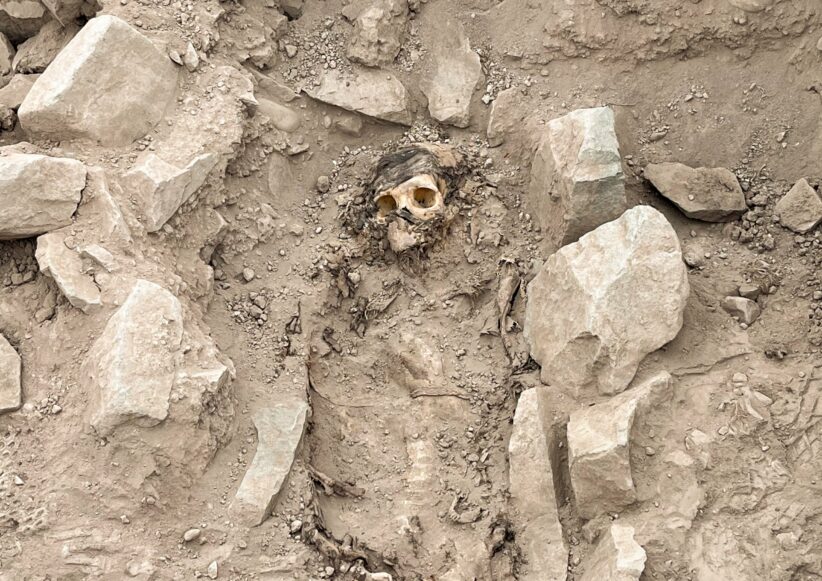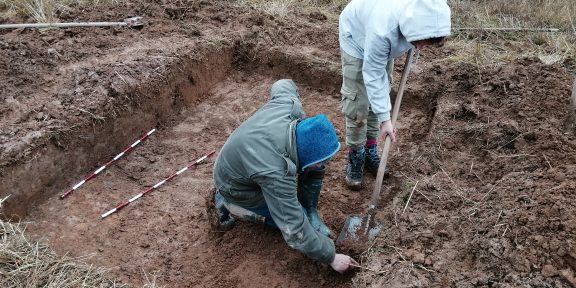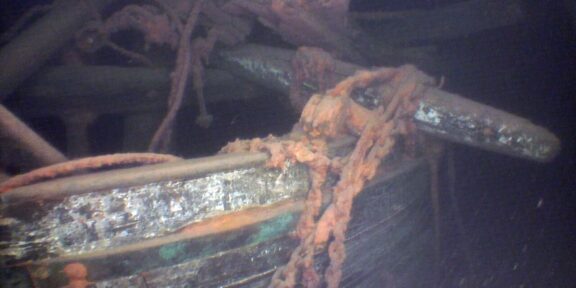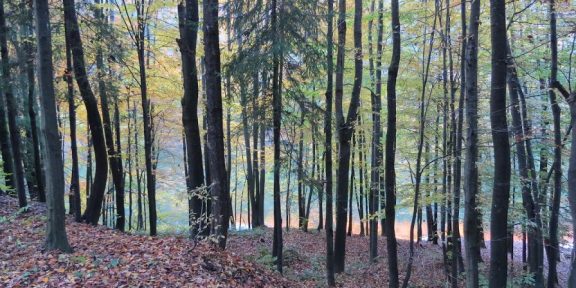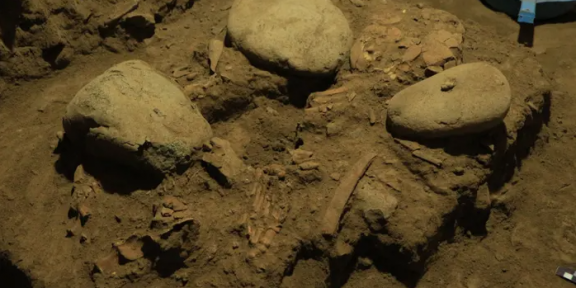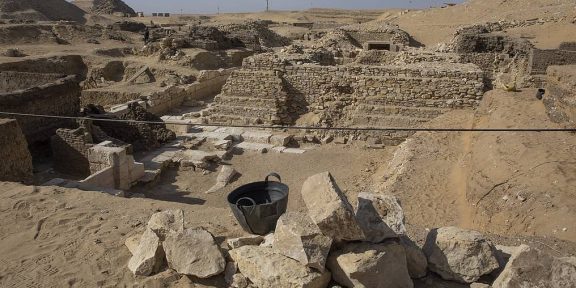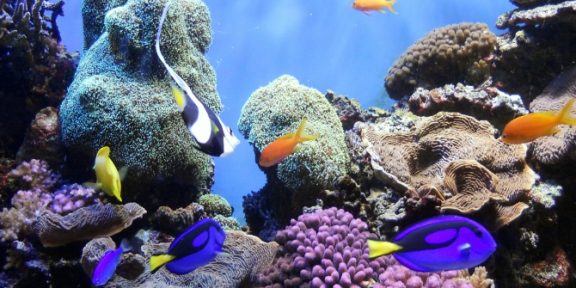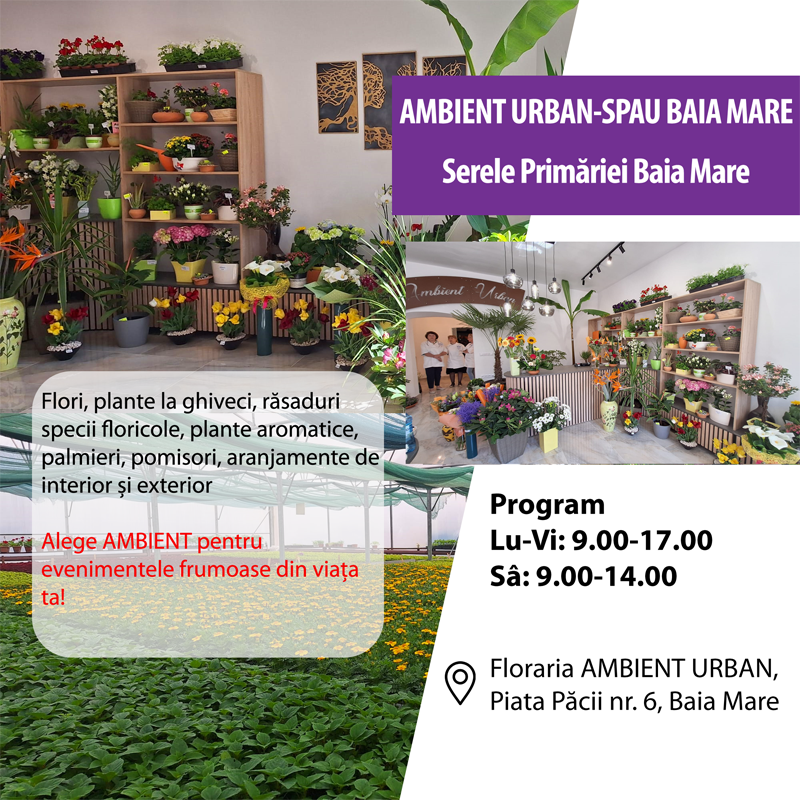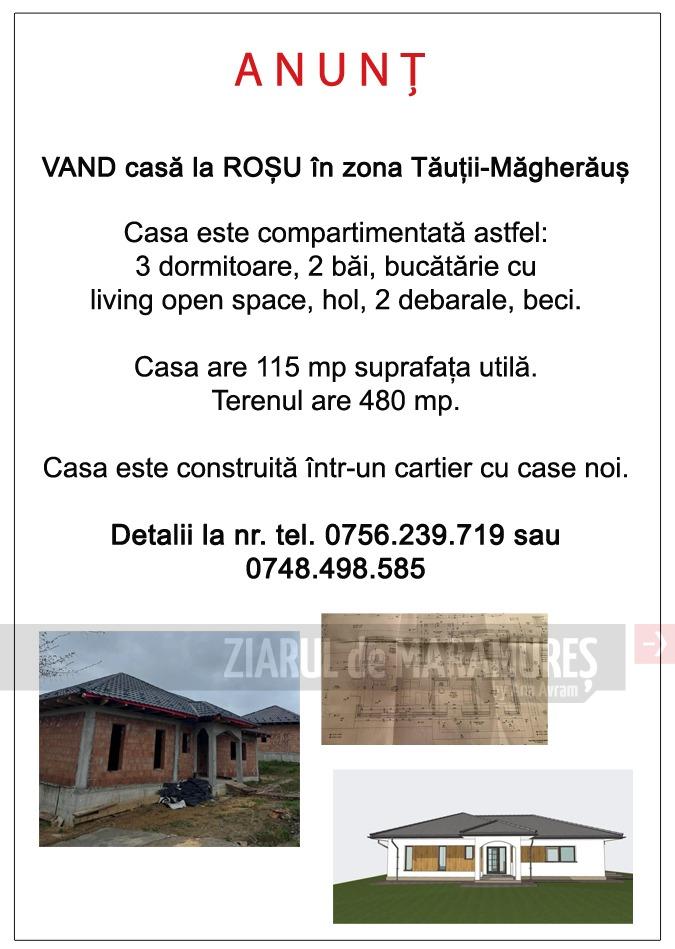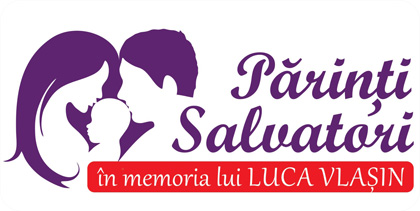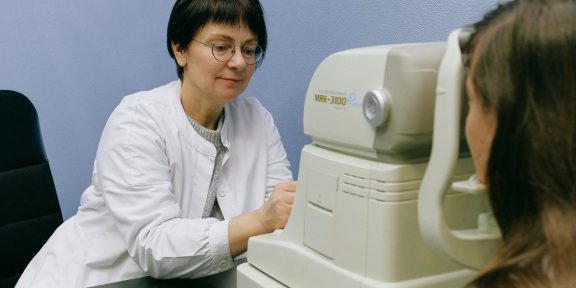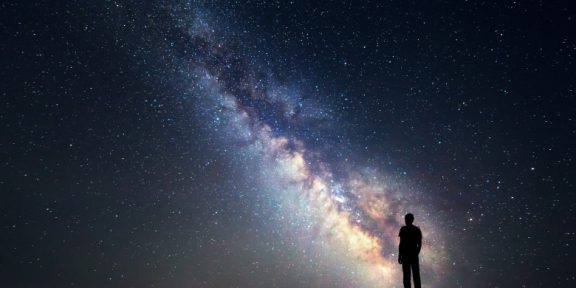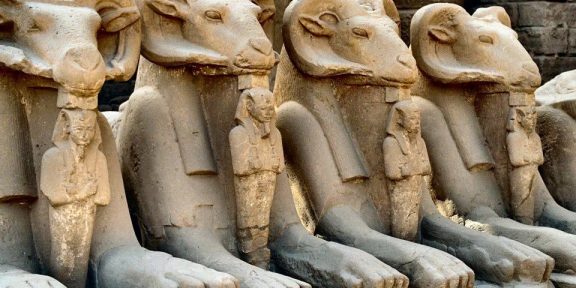Arheologii din Peru au descoperit în Lima o mumie cu o vechime de circa 3.000 de ani, cea mai recentă descoperire datând din perioada precolumbiană în această ţară din America de Sud, potrivit unui anunţ făcut în această săptămână de oamenii de ştiinţă, informează Reuters și Agerpres.
O echipă formată din studenţi de la Universitatea San Marcos şi cercetători a descoperit iniţial fragmente din părul şi craniul mumiei înfăşurate într-un înveliş din bumbac, după care au dezgropat şi restul mumiei.
Mumia datează probabil din timpul culturii Manchay, care s-a dezvoltat în văile din Lima între anii 1500 î.e.n – 1000 î.e.n., a precizat arheologul Miguel Aguilar, şi a fost asociată cu construcţia templelor în formă de U, care indicau către răsărit.
Persoana ”a fost lăsată sau oferită (ca sacrificiu) în ultima fază a construcţiei acestui templu”, a spus Aguilar. ”Are o vechime de aproximativ 3.000 de ani”.
Arheologii au descoperit şi alte obiecte îngropate lângă trup, cum ar fi porumb, frunze şi seminţe de coca, despre care se crede că făceau de asemenea parte din ofrandă.
Foto: inquirer.net



